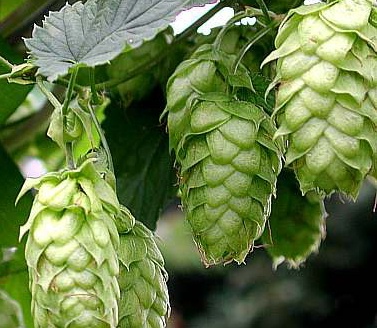
Marigold (Calendula officinalis) has been highly valued by herbal healers of centuries. Marigolds are found almost anywhere in the world. They grow easily, bloom reliably, and have few insect and disease problems. Marigolds are highly useful for medicinal purposes such as headaches, toothache, swelling, and strengthening the heart. They have also been used in cooking as well.








